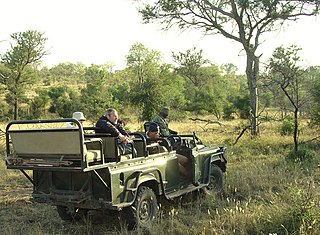
A safari is an overland journey to hunt or observe wild animals, especially in east or southern Africa. The so-called Big Five game animals of Africa – lion, leopard, rhinoceros, elephant, and Cape buffalo – particularly form an important part of the safari market, both for wildlife viewing and big-game hunting.

Nairobi National Park is a national park in Kenya that was established in 1946 about 7 km (4.3 mi) south of Nairobi. It is fenced on three sides, whereas the open southern boundary allows migrating wildlife to move between the park and the adjacent Kitengela plains. Herbivores gather in the park during the dry season. Nairobi National Park is negatively affected by increasing human and livestock populations, changing land use and poaching of wildlife. Despite its proximity to the city and its relative small size, it boasts a large and varied wildlife population, and is one of Kenya's most successful rhinoceros sanctuaries.

Trophy hunting is hunting of wild animals as trophies, with the whole or parts of the hunted animal kept and usually displayed to represent the success of the hunter. The preferred target animal, known as the game, is typically a large or impressively ornamented male, such as one having large horns or antlers. Usually, only some parts of the animal are kept as trophies, although preserving the entire animal via taxidermy is also practised.

Denys George Finch Hatton was an English aristocratic big-game hunter and the lover of Baroness Karen Blixen, a Danish noblewoman who wrote about him in her autobiographical book Out of Africa, first published in 1937. In the book, his name is hyphenated: "Finch-Hatton".

White hunter is a literary term used for professional big game hunters of European or North American backgrounds who plied their trade in Africa, especially during the first half of the 20th century. The activity continues in the dozen African countries which still permit big-game hunting. White hunters derived their income from organizing and leading safaris for paying clients, or from the sale of ivory.
Big-game hunting is the hunting of large game animals for meat, commercially valuable by-products, trophy/taxidermy, or simply just for recreation ("sporting"). The term is often associated with the hunting of Africa's "Big Five" games, and with tigers and rhinoceroses on the Indian subcontinent. Many other species of big game are hunted including kudu, antelope, and hartebeest. Whale, moose, elk, caribou, bison, mule deer, brown bear and white-tailed deer are the largest game hunted in North America, where most big-game hunting is conducted today.
John Alexander Hunter was a white hunter in Africa from the early 1900s through the 1950s who led many notable safaris.
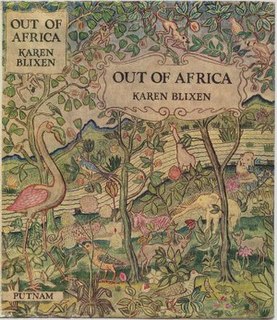
Out of Africa is a memoir by the Danish author Karen Blixen. The book, first published in 1937, recounts events of the seventeen years when Blixen made her home in Kenya, then called British East Africa. The book is a lyrical meditation on Blixen's life on her coffee plantation, as well as a tribute to some of the people who touched her life there. It provides a vivid snapshot of African colonial life in the last decades of the British Empire. Blixen wrote the book in English and then rewrote it in Danish. The book has sometimes been published under the author's pen name, Isak Dinesen.
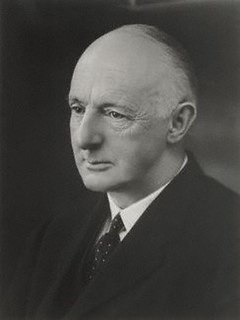
Hugh Cholmondeley, 3rd Baron Delamere,, styled The Honourable from birth until 1887, was a British peer. He was one of the first and most influential British settlers in Kenya.
Mervyn Hugh Cowie CBE was a conservationist who pioneered wildlife protection and the development of tourism throughout East Africa.
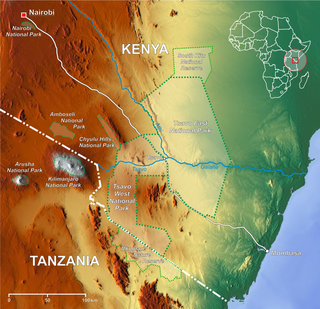
Tsavo West National Park is located in the Coast Province of Kenya. The park covers an area of 9,065 square kilometres. The A109 road Nairobi-Mombasa and a railway divides it from the adjoining Tsavo East National Park. Together with adjoining ranches and protected areas, they comprise the Tsavo Conservation Area. Tsavo West is a more popular destination on account of its magnificent scenery, Mzima Springs, rich and varied wildlife, good road system, rhino reserve, rock climbing potential and guided walks along the Tsavo River. The park is operated by Kenya Wildlife Service.
John Henry Selby was an African professional hunter who made a name for himself in Kenya and then in Bechuanaland. Selby honed his hunting skills early in life while working for the Safariland safari company and under the tutelage of legendary hunter Philip Percival. During his time with Ker & Downey Safaris, he also met and befriended Robert Ruark, whose subsequent writings about safaris he did with Selby made Selby famous around the world.
Philip Hope Percival (1886–1966) was a renowned white hunter and early safari guide in colonial Kenya. During his career, he guided Theodore Roosevelt, Baron Rothschild, and Ernest Hemingway on African hunts. Hemingway modelled the fictional hunter Robert Wilson in his story "The Short Happy Life of Francis Macomber" after Percival. Percival also worked with well-known white hunters like Bror von Blixen-Finecke and mentored Sydney Downey and Harry Selby, and was known in African hunting circles as the "Dean of Hunters".
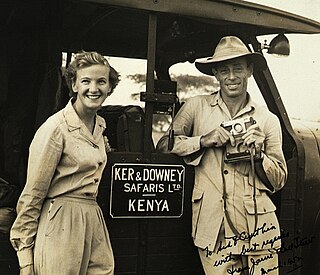
Sydney Downey was a British-Kenyan professional hunter and safari pioneer. Always known as Syd, he learned the trade of guiding safari hunts from an older generation of professional hunters, including his early mentor Philip Percival. He teamed up with Donald Ker to create Ker and Downey Safaris Ltd., a company that was at the forefront of the move away from hunting and towards photographic safaris.

Elephant hunting, which used to be an accepted activity in Kenya, was banned in 1973, as was the ivory trade. Illegal hunting continues, as there is still international demand for elephant tusks. Kenya pioneered the destruction of ivory as a way to combat this black market. Elephant poaching continues to pose a threat to the population.
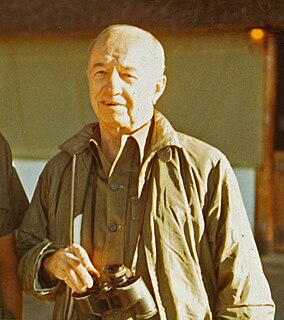
Donald Ker was a famous Kenyan white hunter, safari guide and conservationist of British descent. As a young man he teamed up with Sydney Downey to create Ker and Downey Safaris Ltd., one of the first guide companies to transition from hunting to photographic safaris. He is also known for leading two long expeditions with Edgar Monsanto Queeny for the American Museum of Natural History which resulted in the production of several nature documentaries and in Ker's own dedication to conservation.

The Smithsonian–Roosevelt African Expedition was an expedition to Africa led by American president Theodore Roosevelt and outfitted by the Smithsonian Institution. Its purpose was to collect specimens for the Smithsonian's new Natural History museum, now known as the National Museum of Natural History. The expedition collected around 11,400 animal specimens which took Smithsonian naturalists eight years to catalog. Following the expedition, Roosevelt chronicled it in his book African Game Trails.

Muhammad Iqbal Mauladad (1926–1970), nicknamed Bali, was a big game hunter in Kenya.

Peter C. "Pete" Pearson was an Australian-born game ranger and professional hunter in East Africa.













